
The October 2021 climate outlook favors a warmer-than-average month for the central and eastern United States and wetter-than-average conditions for the Plains.
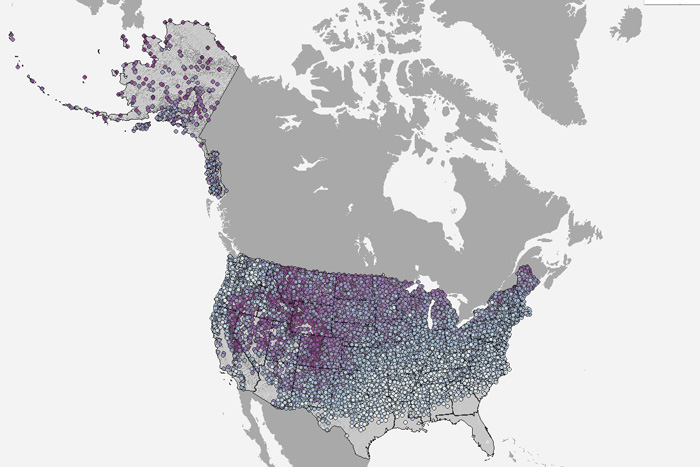
Our interactive map shows the latest date of measurable snow recorded at thousands of U.S. weather stations, based on data through April 11, 2018.
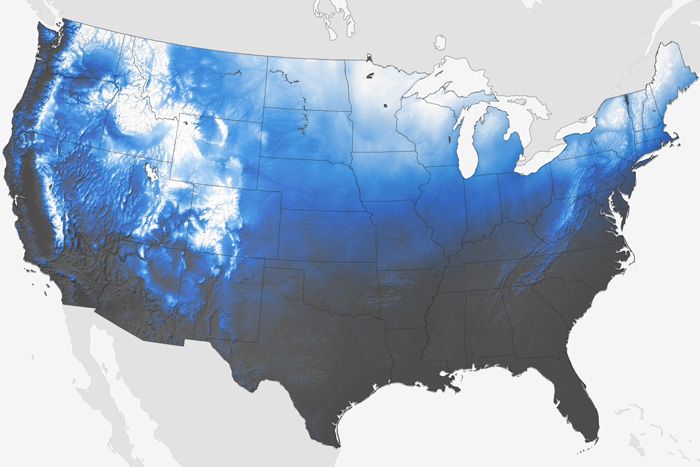
For those of you dreaming of a white Christmas, NOAA has a map showing the historic probability of your dream coming true.
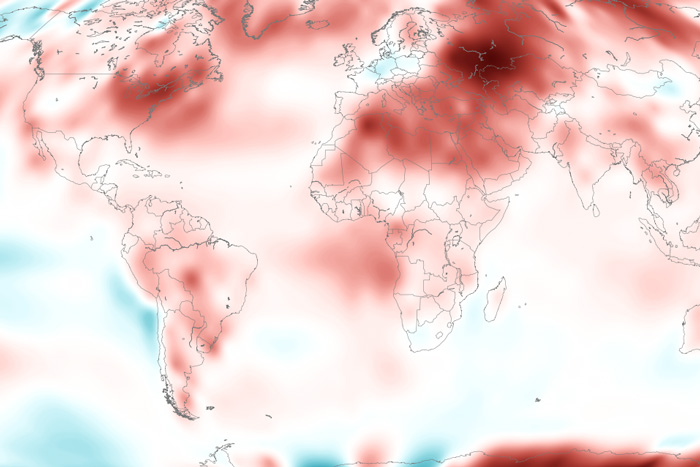
It was the sixth-warmest August on record for the globe. It's very likely that the year will wind up among the 10 warmest years on record.
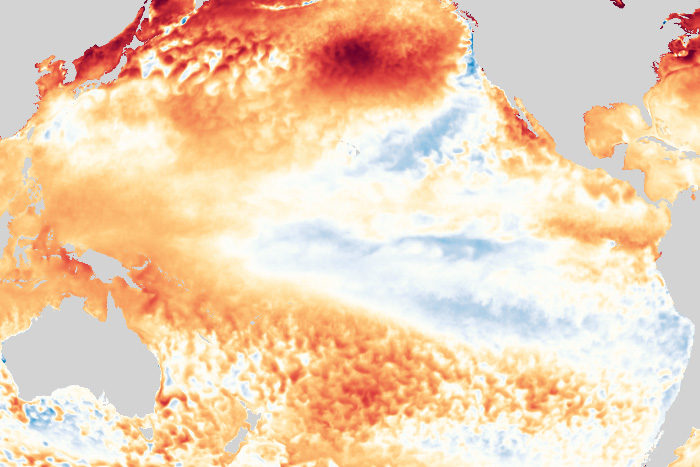
La Niña conditions are likely to develop soon. Our blogger gives you the low-down on all things tropical Pacific.

A late-summer heatwave and rain at Greenland's summit
August 24, 2021
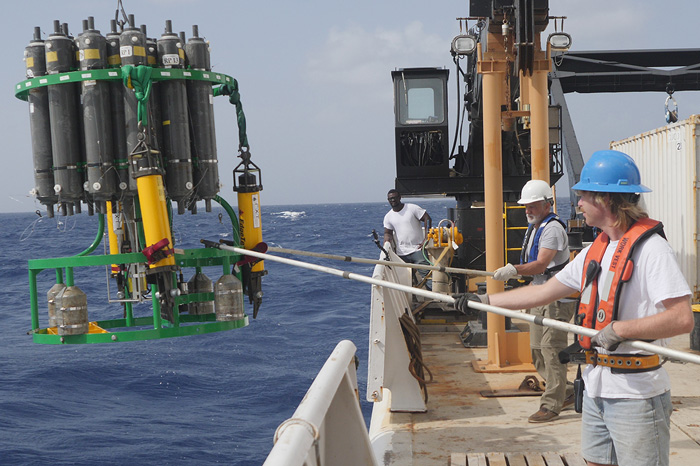
A special issue of the open access journal Earth System Science Data showcases results and datasets from a month-long field campaign in Barbados in 2020.
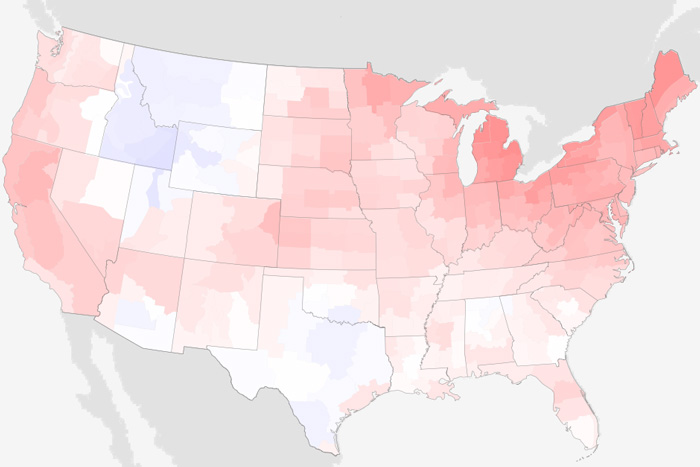
August was warmer than average, capping off a summer that tied for warmest on record.

Large parts of the country show no tip in the odds toward either a cold or warm September temperature outcome. The rainfall associated with Hurricane Ida's remnants is likely to be enough on its own to lead to a wetter-than-average September for areas in its path.
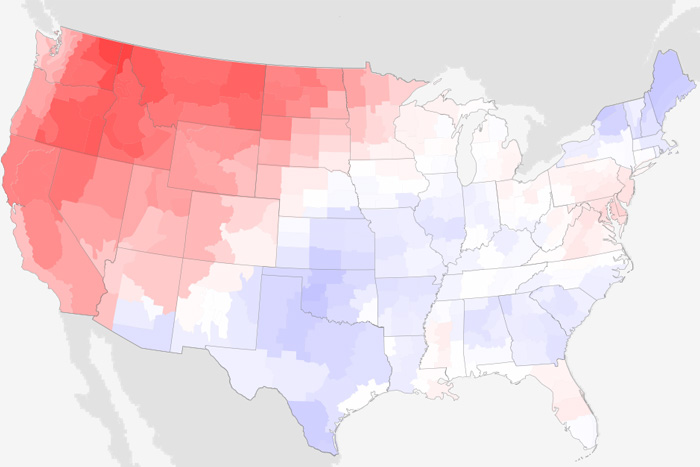
Stories of drought, extreme heat, and fires dominated the weather headlines for the West in July. The central and eastern U.S. were wet and relatively cool.